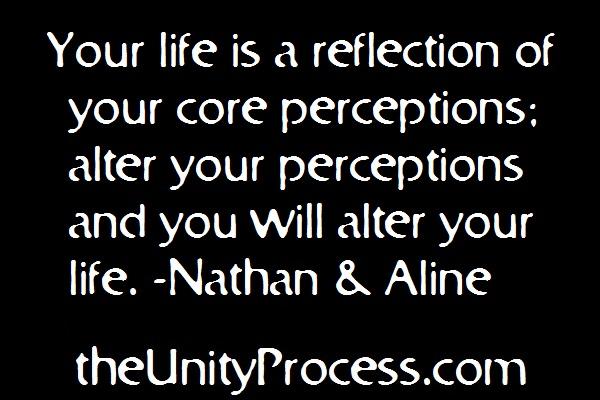If you must set a boundary in an interaction, you do not yet have effective boundaries in this area of your life; boundaries only need to be enforced when they haven’t been previously set. Setting boundaries requires knowledge of what you are creating in your life, and an understanding of why you are creating it, so that you can make conscious changes to your root perceptions – which allows you to experience healthier interactions.
To set a boundary at the root level, you must first identify the causal perceptions responsible for the contentious interaction. This takes the ability to be reflective about the situation, the feelings that arise from the situation, and any previous situations that match your current one. Reflecting on the interaction, through Self-observation, allows you to both know yourself better, and understand why you feel and behave as you do; and the moment of understanding is the moment that you experience an epiphany about why you created this interaction as you did. This in turn allows you to make conscious changes to your root perceptions, and changes how your life unfolds (effects).

“Your life is a reflection of your core perceptions; alter your perceptions and you will alter your life.” ~Nathan & Aline
If your perceptions are the root cause, then the situation can be likened to a photograph that feeds your perceptions back to you. If you take a picture of yourself, and you dislike how you appear in the photo, you have two choices, you can Photoshop the picture, which can be likened to attempting to enforce a boundary in the realm of effects. Conversely, you can change yourself and then take another picture, which can be likened to changing your root perceptions. After changing the root causal factors, you can then allow new interactions to unfold that reflect who you are now.
Photoshopping the picture may seem easier, but changing the person who is being photographed is more real, and definitely more satisfying too.